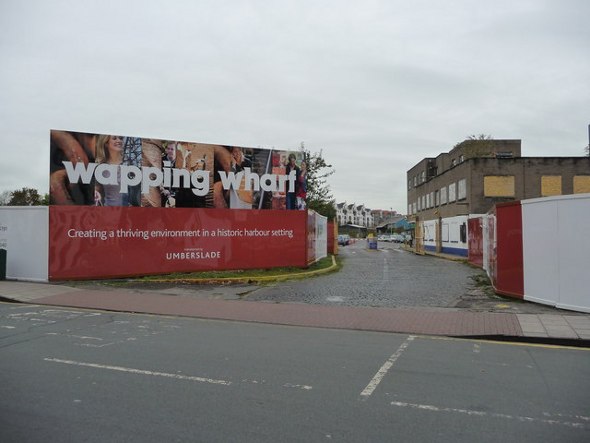Yesterday’s Bristol Post carried a report on the start of building works at Wapping Wharf down by the city docks.
On the whole the report is fairly bland and it looks like a standard bit of blurb produced from a property developer’s press release.
Nevertheless, one sentence in particular drew my attention. It reads:
In recent days large machinery has moved to the site to prepare for the start of remediation and ground works.
After reading that, I began wondering how many of the Post’s readers know what remediation works actually are or what they involve.
Turning to the dictionary, remediation is defined as “the act or process of correcting a fault or deficiency.”
Correcting a fault or deficiency sounds fairly harmless and definitely a good thing to do, doesn’t it?
However, one has to add the word ‘site’ or ‘environmental’ to remediation to get at its actual meaning as used in the Post’s report, which is cleaning up pollution or contaminated land.
There are various means of effecting remediation, depending on the contamination or pollutant involved, but one very common means (and one which has been used extensively in the past by developers in Bristol. Ed.) is the use of heavy plant to dig up the contaminated soil, load it into lorries and cart it off to a toxic waste dump.

In the 18th and 19th centuries the Wapping Wharf site accommodated some as yet unspecified industrial buildings, but a contaminated land survey of the site mentioned in a Bristol City Council document from 2006 revealed contamination by heavy metals, hydrocarbons and solvents, hence the need for the clean-up.
Finally, a small piece of advice: if you know of any remediation works taking place, for the sake of you health do try not to be downwind of them, especially in dry and/or windy weather.